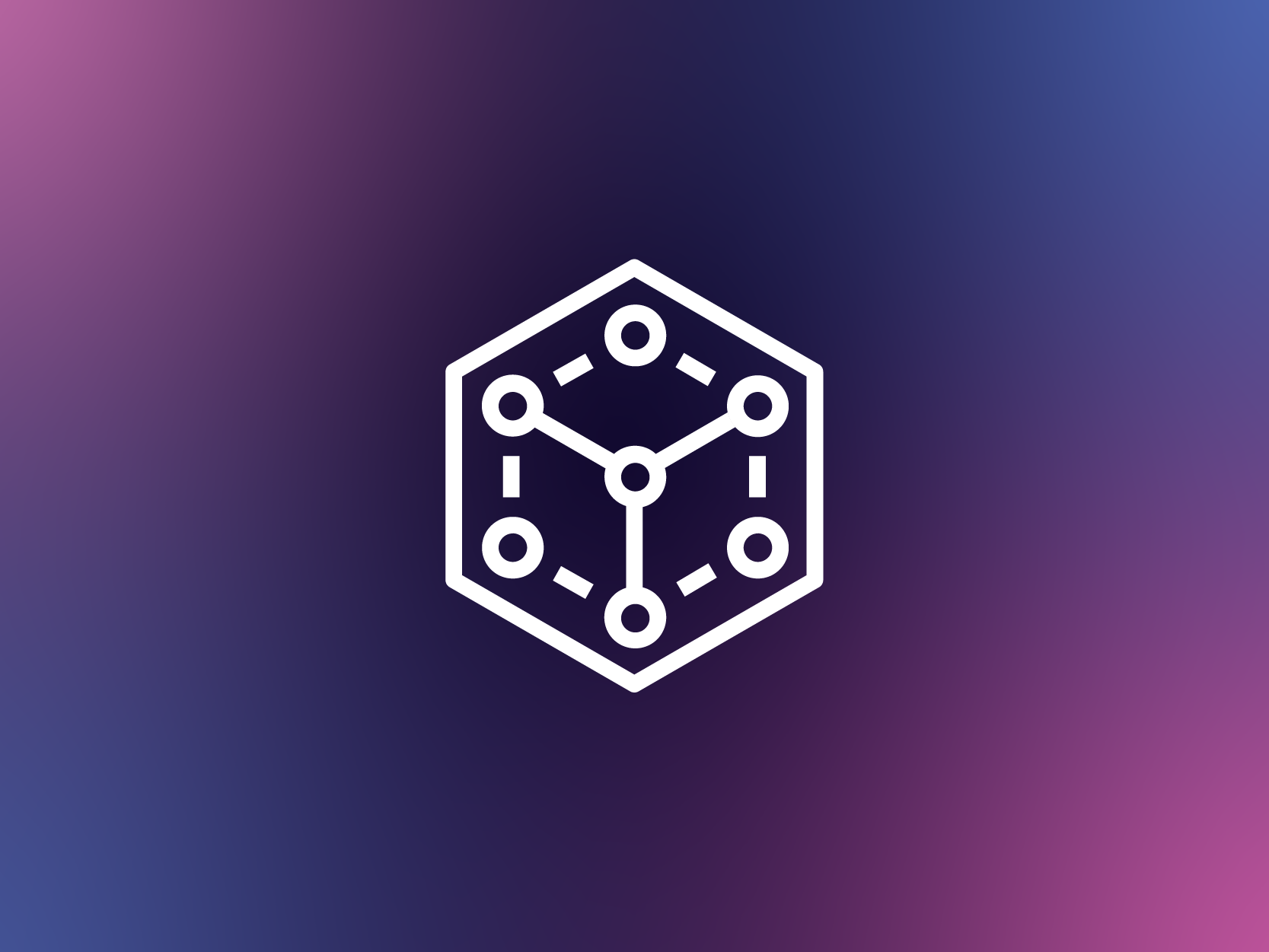Everything you should know before moving workloads to the Cloud
16 June 2025 - 6 min. read
Damiano Giorgi
& Alessio Gandini
& Alessio Gandini
 Welcome back to our series of blog posts dedicated to SaaS Enablement. After our deep-dive about refactoring a monolith into microservices, here we’ll discuss why a SaaS model definitely requires a multi-tenant approach and which are the best practices to implement it efficiently at scale.
Welcome back to our series of blog posts dedicated to SaaS Enablement. After our deep-dive about refactoring a monolith into microservices, here we’ll discuss why a SaaS model definitely requires a multi-tenant approach and which are the best practices to implement it efficiently at scale.